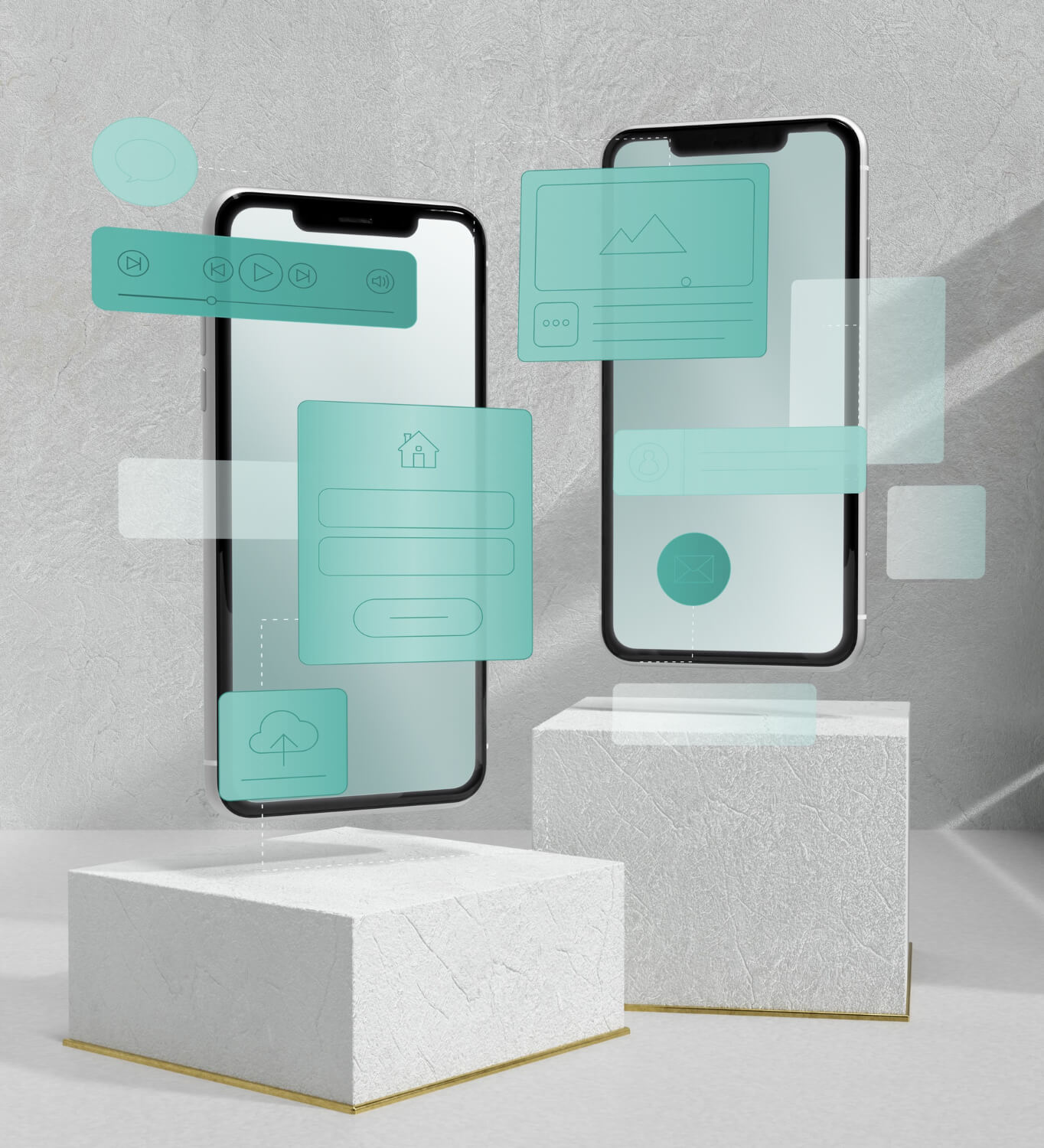Can you imagine your life without mobile phones? It's pretty much impossible right? Well, there was a time when people didn't have mobile phones but let's not think about that. Smartphones are definitely in the centre of our life. Whether you're connecting with your friends, buying or selling something online, checking on work, or listening to you favourite podcast, it's just makes sense to reach for your phone immediately. As a result, the importance of mobile-first design in web development and digital design has grown exponentially.
What is Mobile - First Design?
Mobile-first design means that when you're designing a website or application, you start by considering how it will appear and function on mobile devices before scaling it up for larger screens like desktops. This approach contrasts with the traditional way of designing for desktops first and then adapting the design for smaller screens.
Why Design with Mobile in Mind?
Mobile Usage: According to recent statistics, over half of all web traffic now comes from mobile devices. The number of people accessing the internet via smartphones and tablets has skyrocketed, making it essential for businesses and designers to prioritise mobile user experience (UX).
Google's Mobile-First Indexing: Google has recognised the shift towards mobile usage. Since 2018, Google has implemented mobile-first indexing, which means the mobile version of your website becomes the benchmark for how Google indexes and ranks it. If your mobile website doesn't offer a stellar UX, it could have a negative impact your overall search engine ranking.
Improved User Experience: A well-optimised mobile website leads to a better user experience. When users have a seamless experience on your site, they're more likely to stay longer, reducing bounce rates, and increasing your conversion rates.
Future-Proofing Your Design: With emerging technologies like 5G and the continuous evolution of smartphones, the emphasis on mobile web usage is only expected to grow. Mobile-first design ensures you're prepared for what future improvements.

The Anatomy of Mobile-First Design
Simplicity: Mobile screens are limited in space, which necessitates a minimalistic approach. The key is to make sure the most important information is front and center, with a simple and intuitive navigation system.
Flexible Grids: Given the variety of screen sizes out there, using flexible grids ensures that your design adjusts itself dynamically to fit any screen. This guarantees that users get a consistent experience, regardless of their device.
Optimised Images: On mobile, large, high-resolution images can be a drag on performance. It's essential to use images optimised for mobile screens that load quickly and don't consume excessive data.
Touch-Friendly Design: Unlike desktops that rely on cursors, mobile devices are all about touch. Buttons should be appropriately sized, and there should be enough space to prevent misclicks.
What Are The Benefits?
Performance: Designing for mobile means optimising for speed and efficiency. This can lead to faster load times and better overall site performance, even on desktop versions.
Higher Engagement Rates: A site that's easy to navigate and engage with on mobile can lead to increased user engagement, leading to longer session durations and more page views. This would lead potentially lead to more conversions.
Competitive Advantage: In a market where many businesses are still catching up with mobile optimisation, having a mobile-first design can give you an edge over competitors.
By understanding the value of mobile-first design, businesses can offer a seamless user experience no matter their device. As technology evolve so does the people using that technology and it's really important to keep up and stay competitive. Mobile - First approach is already here, it's not an afterthought anymore.



